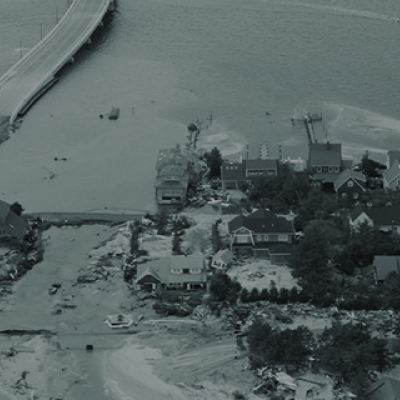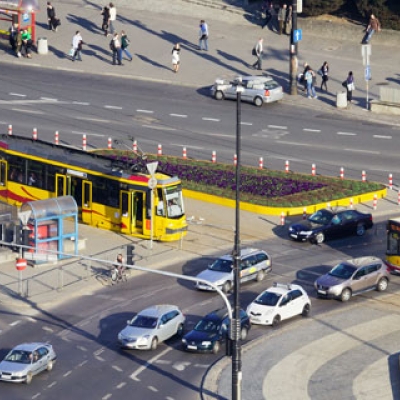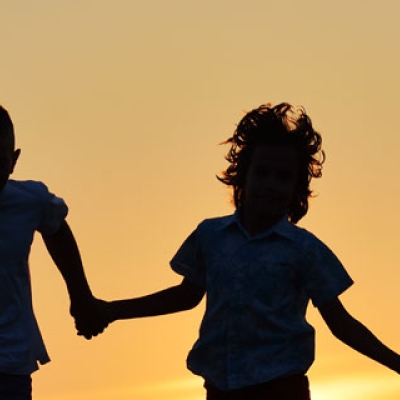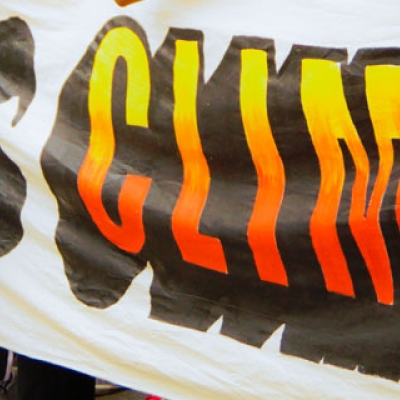
Storms and Rising Seas Threaten Coastal Ecosystems—Here’s What We Can Do
By Jeffrey Peterson / On November 22nd, 2019
We’ve made little progress in preparing our communities and vital ecosystems for storms and sea-level rise, but there are tools we can use if government agencies and nonprofits take action.








